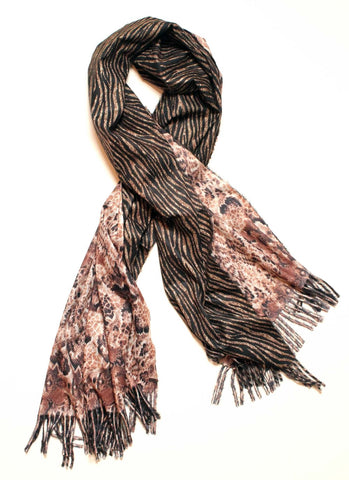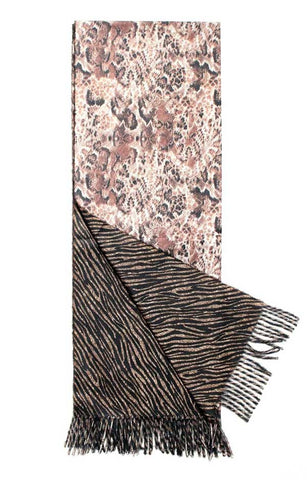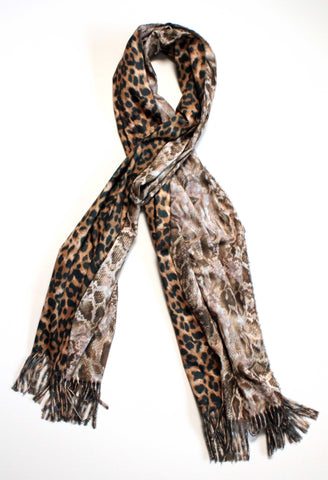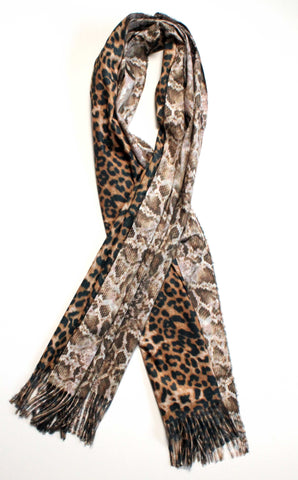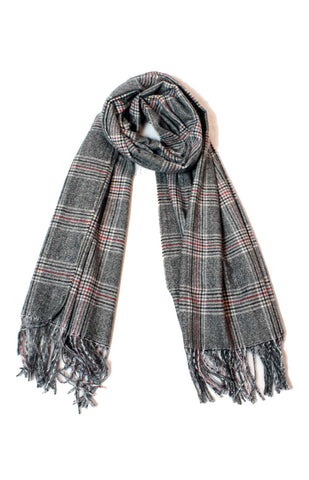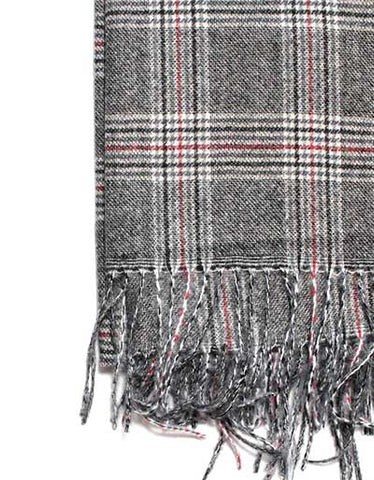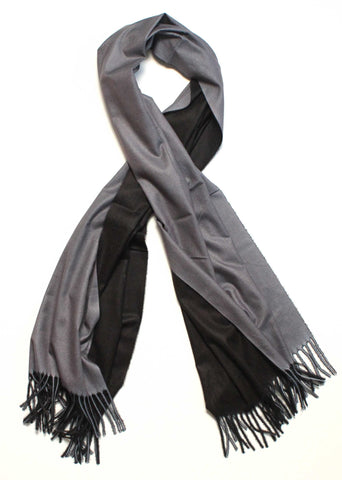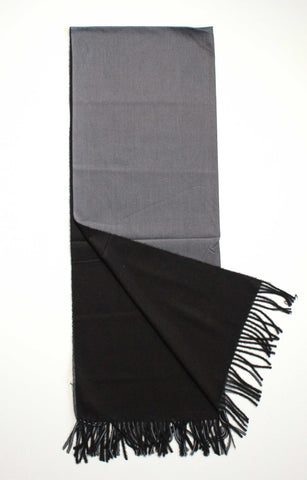Scarves History: The Evolution of the Scarf
Scarves didn’t always function as a fashion statement or means for warmth. The accessory has a long and meaningful past, during which it served as a social symbol, military garb and political icon. Read on for a brief history of the scarf. For a more detailed account, visit this timeline documenting the history of scarves.
Ancient Egypt
In ancient Egyptian culture, scarves were viewed as a social status symbol. Queen Nefertiti is one of the first known scarf wearers. She donned a scarf-like piece of cloth beneath her iconic headdress.
Ancient China
Scarves were found on sculptures of Chinese warriors dating back to 1000 B.C. Also, at approximately 230 B.C., Chinese Emperor Cheng prescribed that his warriors don cloth scarves as a symbol of their rank.
Ancient Rome
In the Roman Empire, sudariums, or linen cloths, were utilized to wipe sweat from one’s face and neck after exercise or other hard physical labor. Appropriately, “sudarium” is Latin for “sweat cloth.” The item became a common fashion accessory for men worn around the neck, over the shoulder, or tied about the waist as a belt.
17th Century Croatia
Croatian soldiers wore scarves to symbolize their military ranking, similar to the ancient Chinese. Lower-ranked soldiers wore cotton scarves, while officers wore scarves made of expensive silk.
18th Century France
In this century, Frenchmen referred to their scarves as “cravats,” from the Croatian word “kravata.” The cravat’s hue symbolized an individual’s political party.
There's no place like home! Take me back to ScarvesDotNet.
